 After reading numerous negative reviews of Murakami’s latest exhibition, I decided to potter along to Kings Cross and cast my own admittedly untrained eyes on the pieces that had caused such sneering indifference in the press.
After reading numerous negative reviews of Murakami’s latest exhibition, I decided to potter along to Kings Cross and cast my own admittedly untrained eyes on the pieces that had caused such sneering indifference in the press.
The online notes for this show were mercifully scant, yet claimed this latest collection acted as an investigation of the sexual complex of some Japanese men, whose fantasies have been altered by a saturation of unrealistic, two-dimensional female images in their popular culture. These childlike, nymphette anime girls with huge, spherical breasts, hairless bodies and slightly unnerving baby-animal eyes act, for some as a replacement for ‘real’ women with all the sticky reality of a sexual relationship removed. You know what you’re going to get, but still, somehow getting it comes as a surprise.
Upon entering the gallery space (for free, thankfully) hapless exhibition-goers are confronted by ‘Three Metre Girl;’ a truly grotesque sculpture. What would be an amusing and somewhat harmless image in two dimensions is rendered quite uncomfortable to look at without a slight squirm. The ‘girl’s’ breats, waist and head are grossly exaggerated – the discomfort of her stance throws itself at the viewer to the point that despite your will to look away you can’t help but stare into her immense, vacant eyes. This cutsey expression is added to by the frilled, Lolita style dress she is rammed into, overly large breasts straining against their bondage straps and threatening to snap her tiny waist. Foul, foul, foul. But you can’t look away. Despite the unreality of this image, her strain is almost palpable. If alive, she would be in pain, a deformed, flawed creature, crippled by a lack of proportion. If Murakami’s aim was to expose the total lack of sexuality in this sculpture then job done, point well made. Loudly and seared into my eyes.
The extremity of the piece in itself is fascinating; a 2D ‘fantasy’ made as real as possible, a whole different beast ‘in the flesh’, so to speak. Line drawings of strain and exaggeration do not have the same effect as an actual, ill-proportioned object. While it didn’t completely shock, it revulsed and intrigued, making for interesting snatches of conversation to echo round the gallery; fleeting looks of disgust from most, maybe the odd sly glance of appreciation from some.
While the other pieces didn’t give such an immediate impact, they were based along the same lines. The target audience of the exhibition was not entirely clear, as I guess the most successful shows are. For me, Murakami’s women were sad and hollow creatures, particularly the re-imagining of ‘Wisdom, Impression, Sentiment.’ Sure, they were visually attractive and harmless enough as pictures. But with the notion that for some they constitute a sexual ‘reality’ they become disturbing in their clean lines and cartoon eyes. It is unclear, however whether Murakami is asking his audience to sympathise with those who get their jollies from these anime girls. If that’s your thing, then I guess that’s your thing, buddy. Who is anyone to judge? But there is an unmistakable feeling of disgust inherent in some pieces. While it is indeed lamentable that for some a healthy woman’s body with its hairs and imperfections is less attractive than a two-dimensional fantasy creature, it is surely not the individual that is to blame, more the industry that has cultivated this idealism.
The other two main sculptures, a giant silver vagina and golden penis (of course) were cheerful enough, with happy faces grinning out from the clitoris and head respectively. Their cartoon names, ‘Miss Clam’ and, ahem, ‘Mr. Big Mushroom’ remove the two completely from their function as genitals and into a clean parody of sexuality – these then would be the idealised, chrome counterparts to their two-dimensional fantasy ‘humans.’
They really come into their own, however, when juxtaposed with the two Pop-Art style paintings hung just behind them. These also represented a penis and vagina, yet with their ‘flaws’ deeply emphasised with hair, wrinkles, veins and fluids on prominent display. While as graphic as each other, the sculptures’ clean lines and gleaming surfaces are uncomfortably, easier to look at than the more ‘realistic’ (yet still somewhat exaggerated) images behind.
Murakami has proven himself to be a controversial figure in the past, depicted by every other critic as the ‘Japanese Andy Wharhol,’ creating consumable / ‘lowbrow’ art that has divided audiences. He caused outrage among French critics and patrons following an exhibition at Versailles, sparking a petition for his work to be removed. Looking at these pieces, however, it is a shock in itself that he once caused such incessant hatred.
Despite the graphic imagery on display, there is nothing that hasn’t been seen over and over again in cartoons and manga. The flatness of the exhibition seemed like one big obvious statement, beating you about the head with the point as one would wield ‘Three Metre Girl‘s‘ pendulous breasts as a weapon; overt sexuality tipped over into a sexless void. And nothing else. But then again, there lies the complex itself.
Takashi Murakami’s 2011 Exhibition at the Gagosian Gallery, Britannia Street, London – Jun 27 – Aug 5, 2011



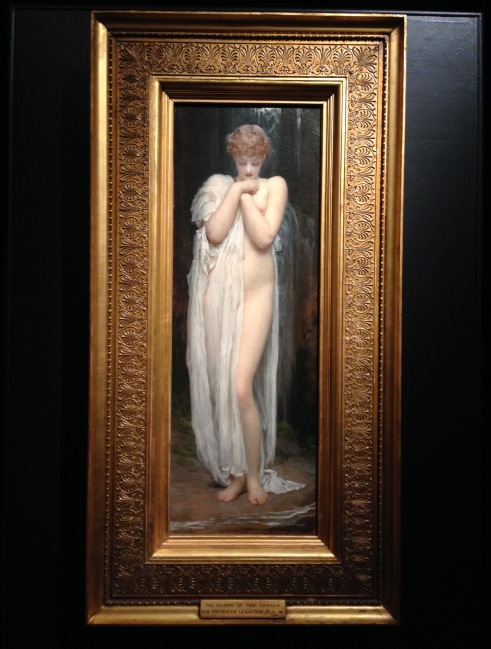

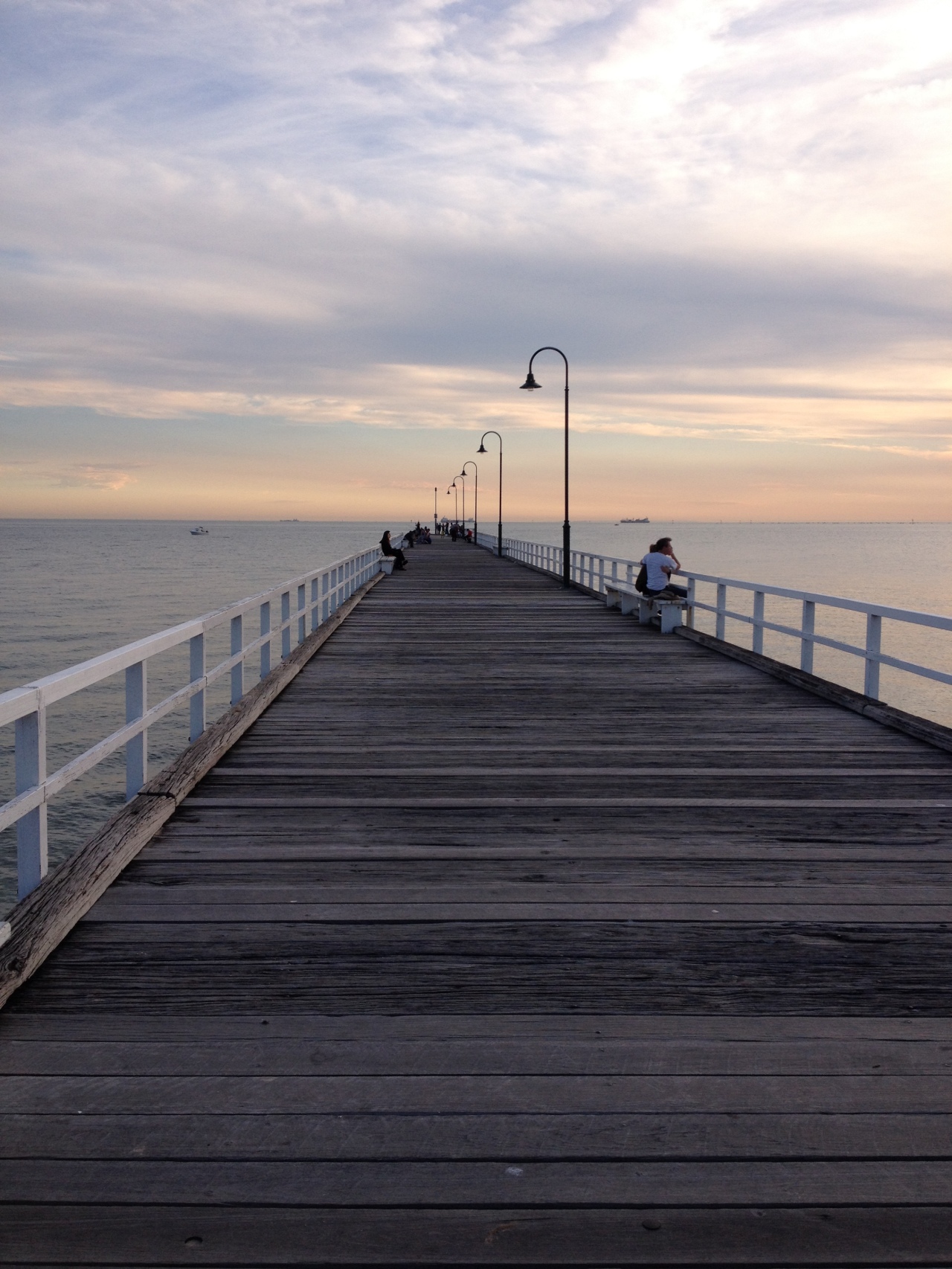



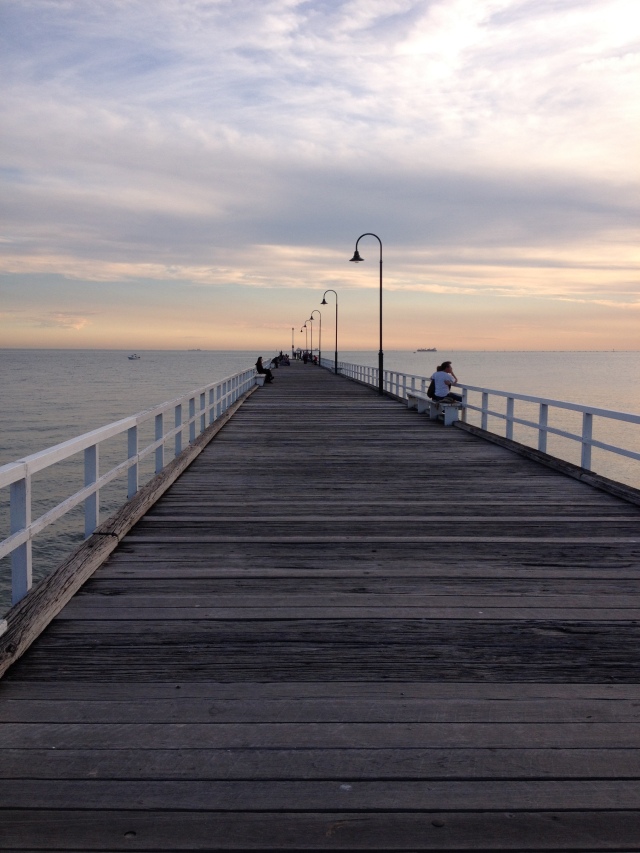
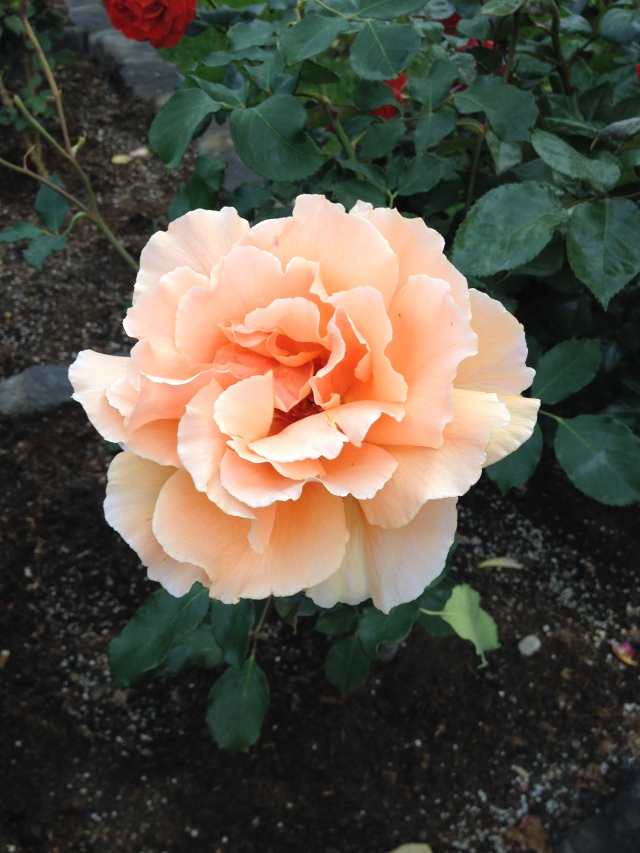
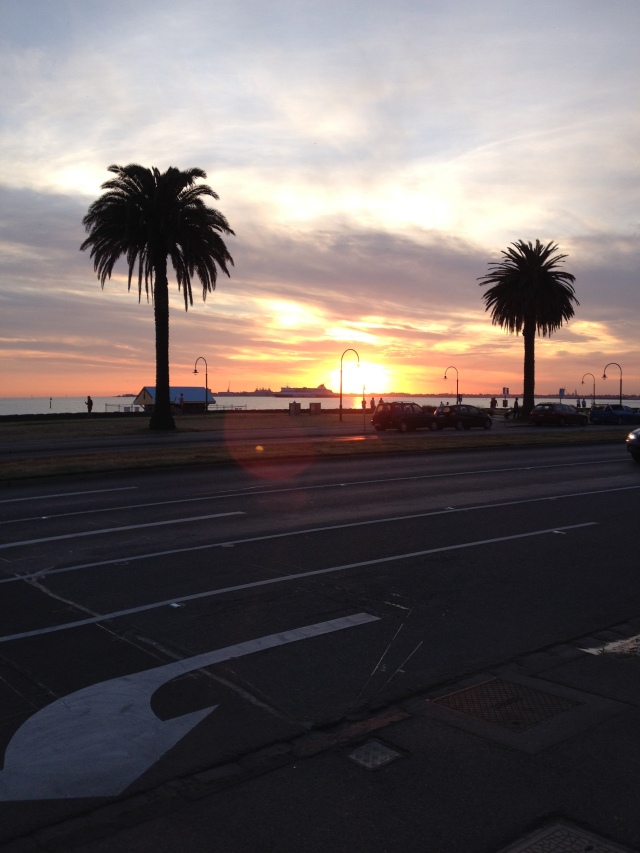
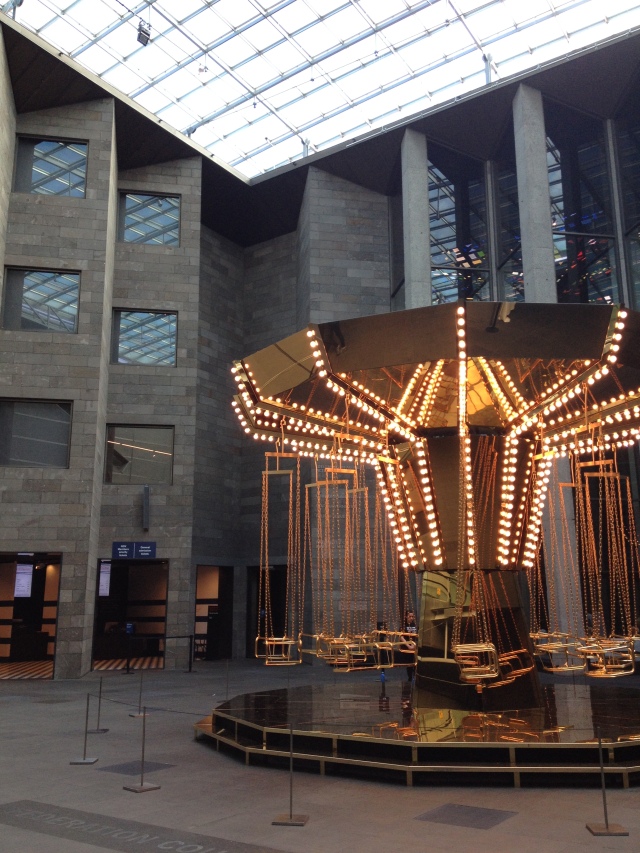
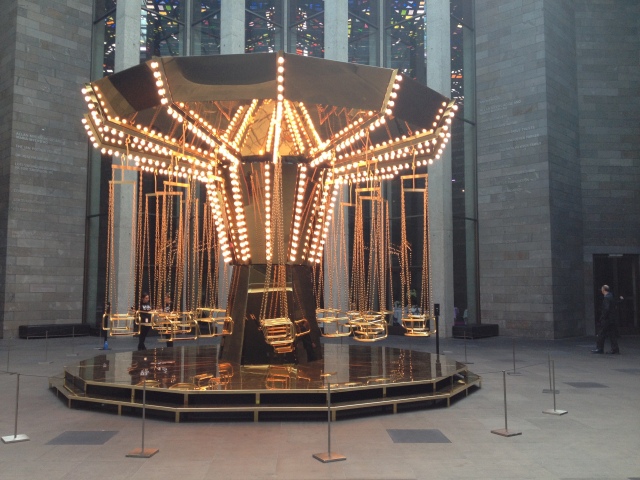
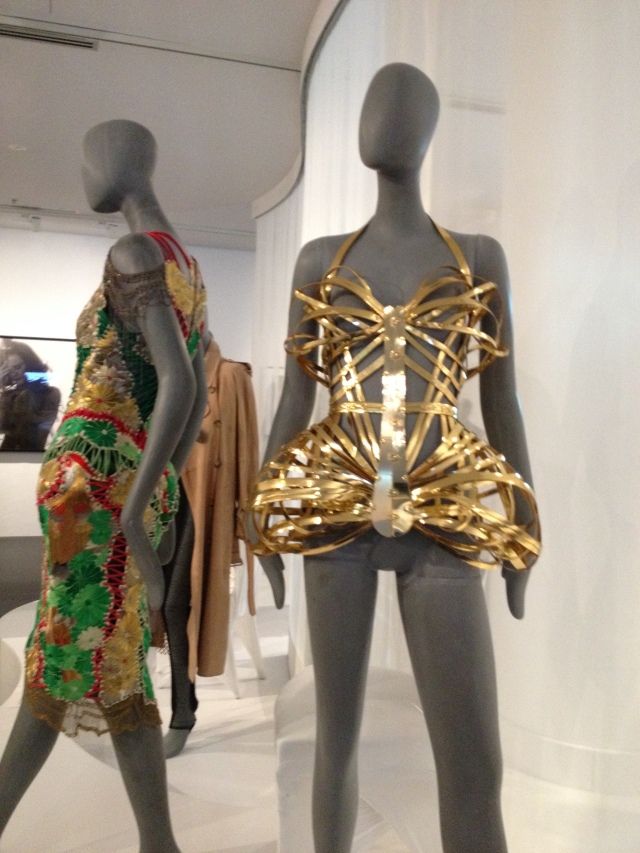


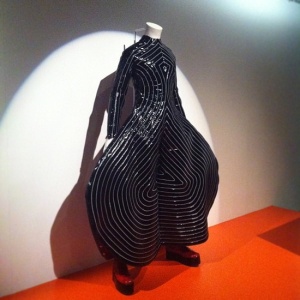



 After reading numerous negative reviews of Murakami’s latest exhibition, I decided to potter along to Kings Cross and cast my own admittedly untrained eyes on the pieces that had caused such sneering indifference in the press.
After reading numerous negative reviews of Murakami’s latest exhibition, I decided to potter along to Kings Cross and cast my own admittedly untrained eyes on the pieces that had caused such sneering indifference in the press.